STEM club
In this week’s STEM club pupils were planning a student-led activity for the remaining weeks of term. There was a choice between the three scientific disciplines; Biology, Chemistry and Physics. The Biology investigation could entail examining different cell types using microscopes or even building an “ecosystem in a bottle”. For Chemistry, pupils could perform a forensic investigation using chromatography or even experiment with different colours to make the ideal firework! And last but not least, the Physics practicals entailed building a set of “fairy lights” or even building a set of scales using marshmallows. Next week the teams will start work on the project they wish to complete!
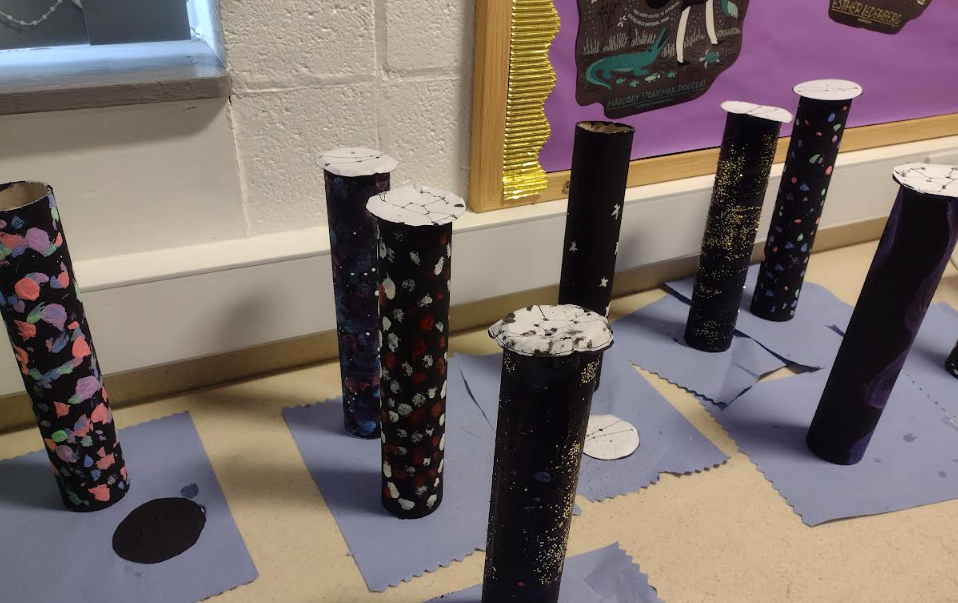
EGGcellent news
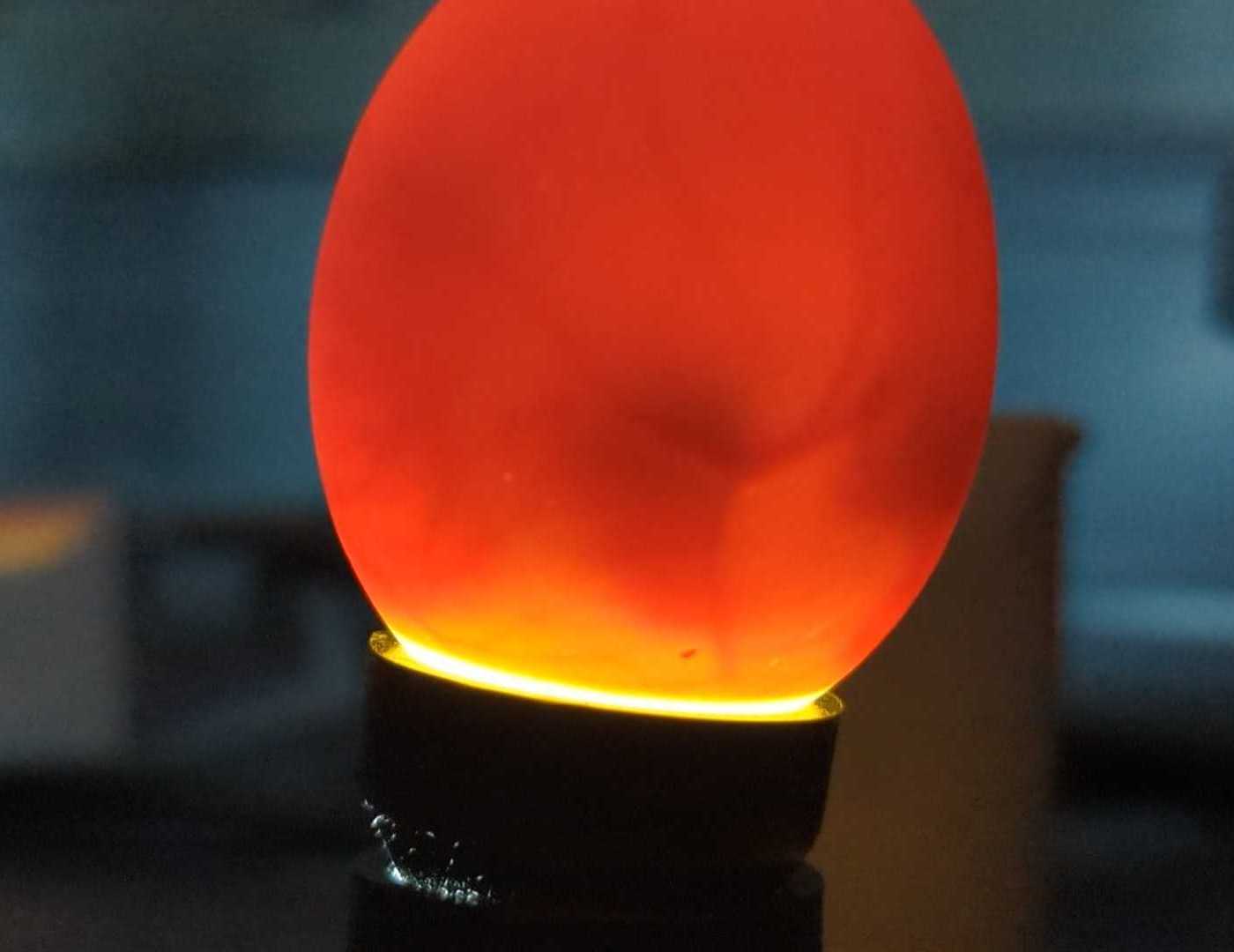
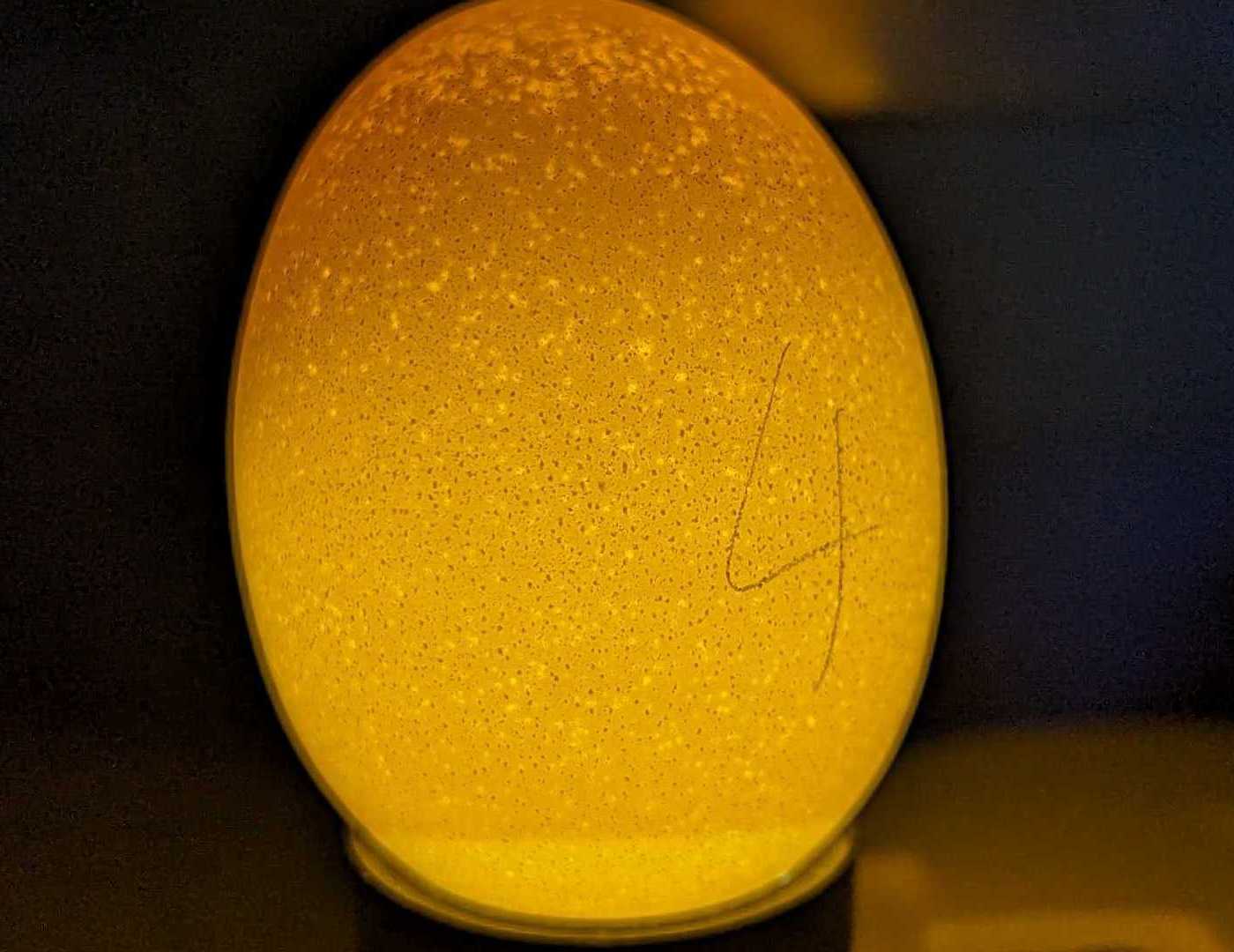
Animal Care students have ‘candled’ the Sharples eggs (pictured above), and we have signs of life! Using a light allows us to see as the unborn chick starts to develop. At this stage, the embryo starts to form a ‘C’ shape as the head and tail come closer together. We should soon see the neck beginning to thin and the beak will start to form and grow.
Science Career of the Week
This week’s career is ‘Nuclear Engineer’. Nuclear engineers have a range of responsibilities, from designing and developing nuclear equipment, such as reactor cores and radiation shielding, to writing operational instructions or examining nuclear accidents. Information about experience opportunities, providers, entry requirements and much more can be found here: Science career of the Week.
Please speak to Mr. Burke, who will provide you with more information about this, or any other, science career.
Minesweeper Competition
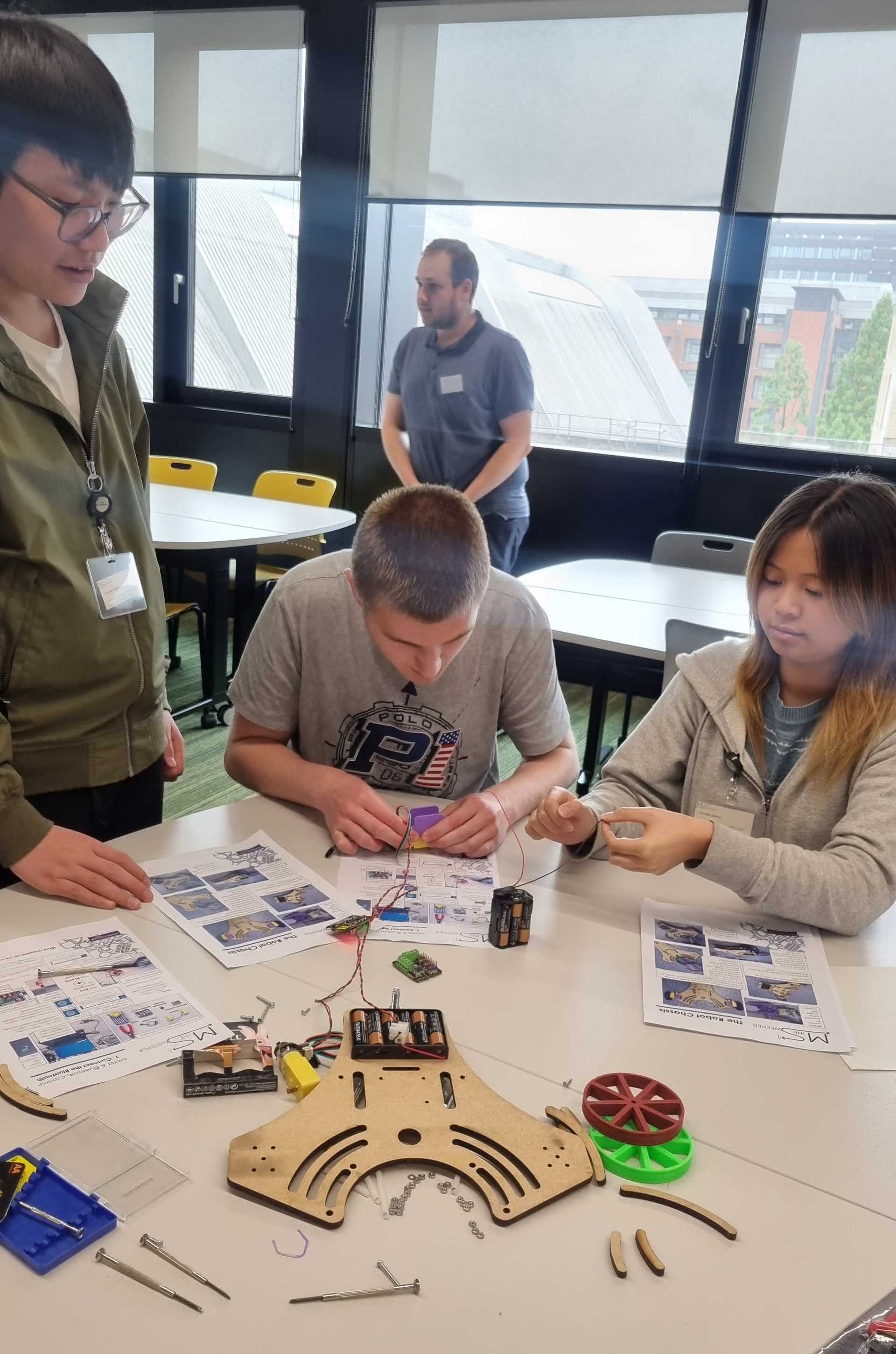
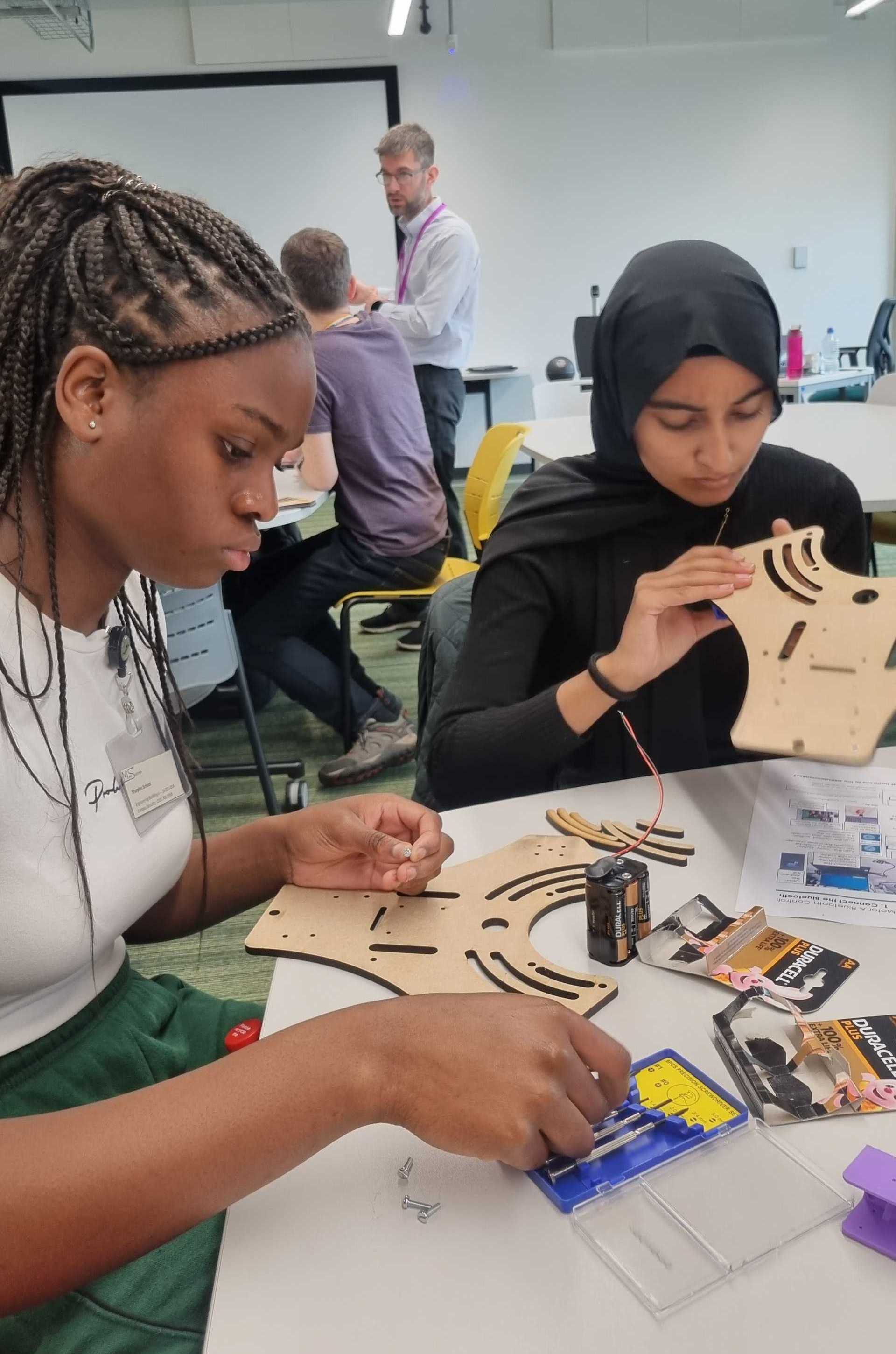
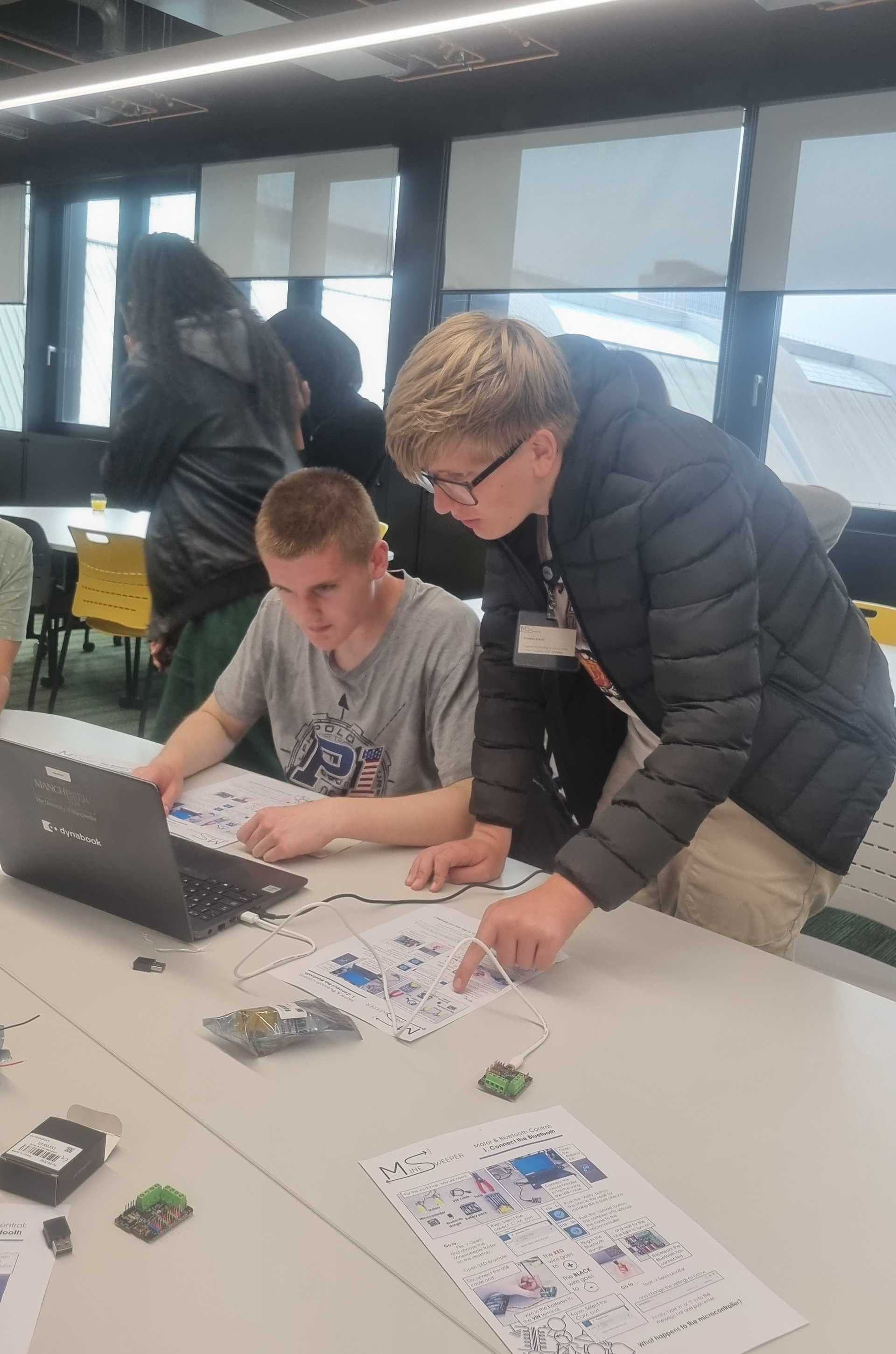
Students had an enriching experience during their visit to the University of Manchester, where they learned the art of constructing minesweeping robots. The day began with an illuminating talk highlighting the significance of clearing landmine-affected areas and the widespread nature of this problem. The students then acquired practical skills in using Bluetooth technology to remotely control robots. They also gained insights into the workings of metal detectors. The day concluded with a meet and greet session, providing students with the opportunity to interact with early career engineers from various industries. They now have four weeks to design and build their own robots before returning to the university for an exciting competition.
Lego Robotics Competition
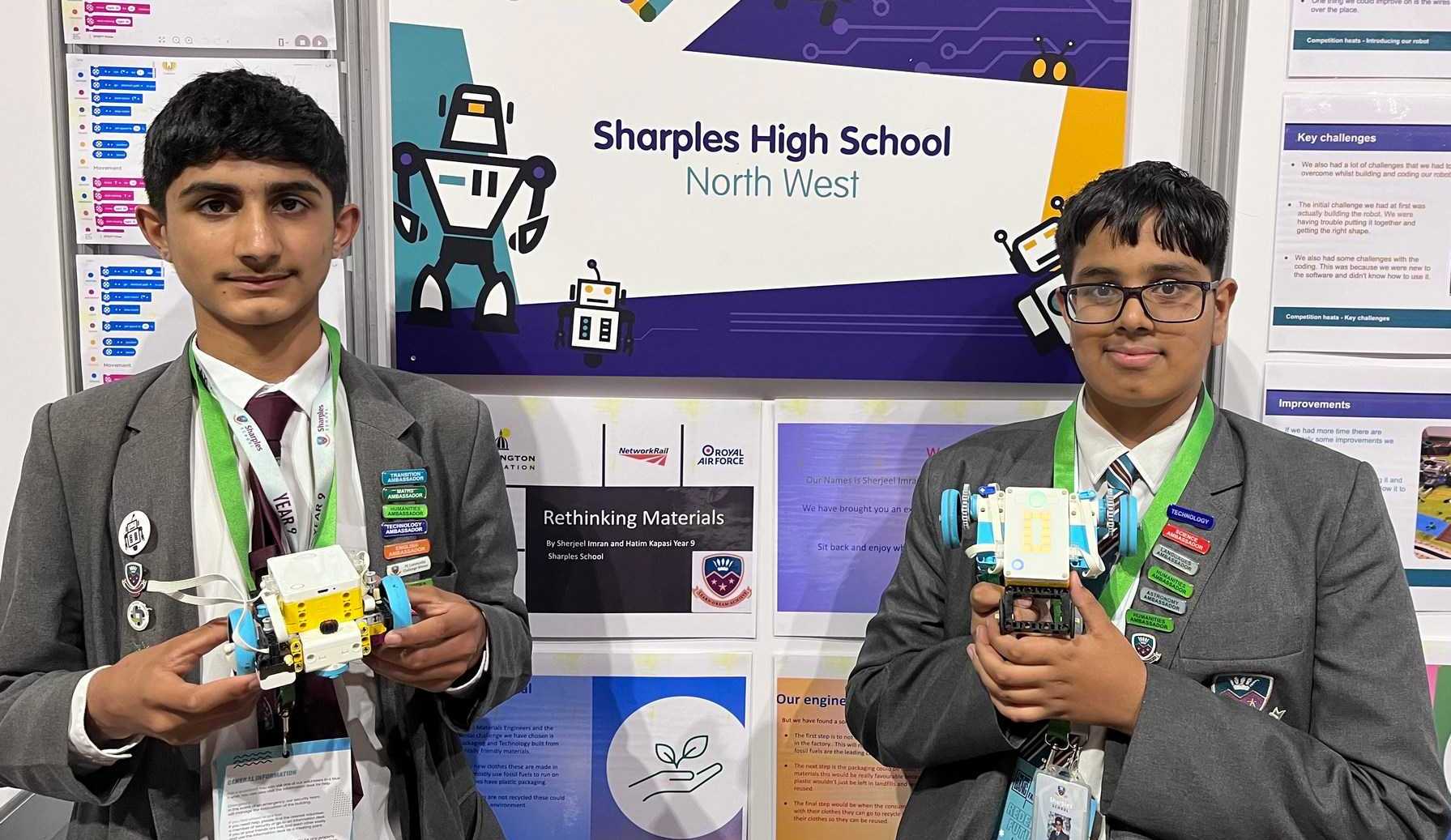
After weeks of dedicated practice and meticulous preparation, Hatim and Sherjeel participated in the EEP Lego Robotics Grand Final at the Big Bang Science Fair, held at the NEU in Birmingham. Out of 350 schools, they were among the 34 finalists. They showcased their robots and presented their design ideas to the judges. Alongside the competition, they enjoyed exploring the fair and engaging with science exhibits. Although they didn’t win any prizes, we are incredibly proud of their hard work and dedication.
Space News
The discovery of phosphorus in a cloud at the edge of the Milky Way has expanded the potential habitable zone of our galaxy. Phosphorus, one of the essential elements for life on Earth, was previously missing from the far reaches of the galaxy. This finding suggests that the habitable zone of the Milky Way may extend approximately 22,000 light-years from its centre. Astronomers are now encouraged to explore the outer regions of the galaxy for planets and the possibility of life. The detection of phosphorus, along with previous discoveries of organic molecules, indicates that the galactic habitable zone could be wider than previously assumed. This discovery motivates further exploration for potential life in distant regions of the galaxy.
Mr. Fowlds – Science Enrichment Coordinator




